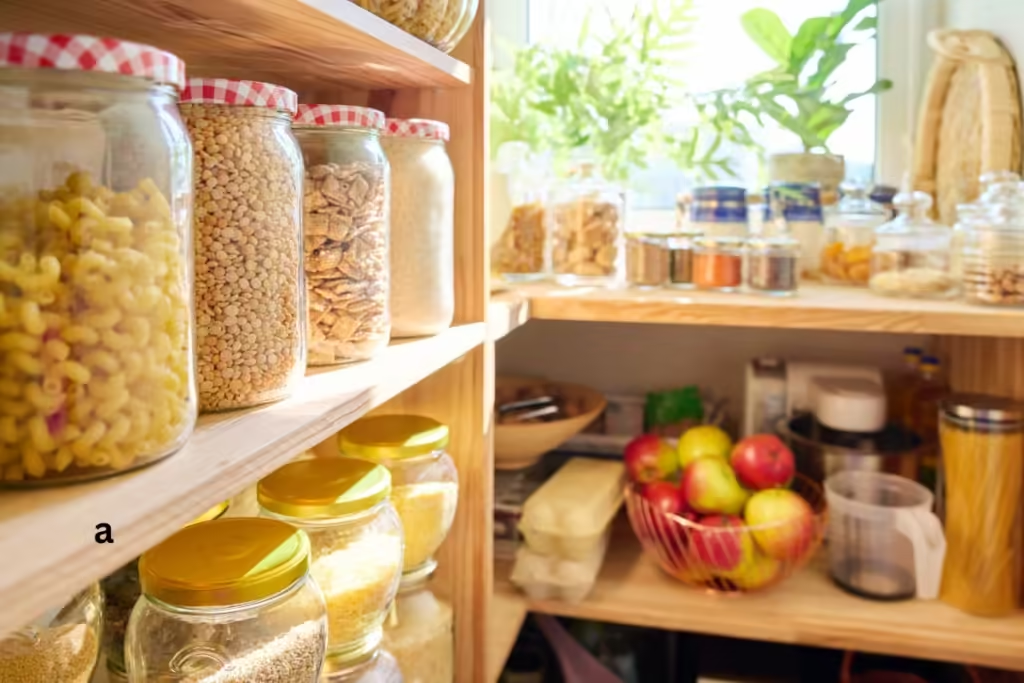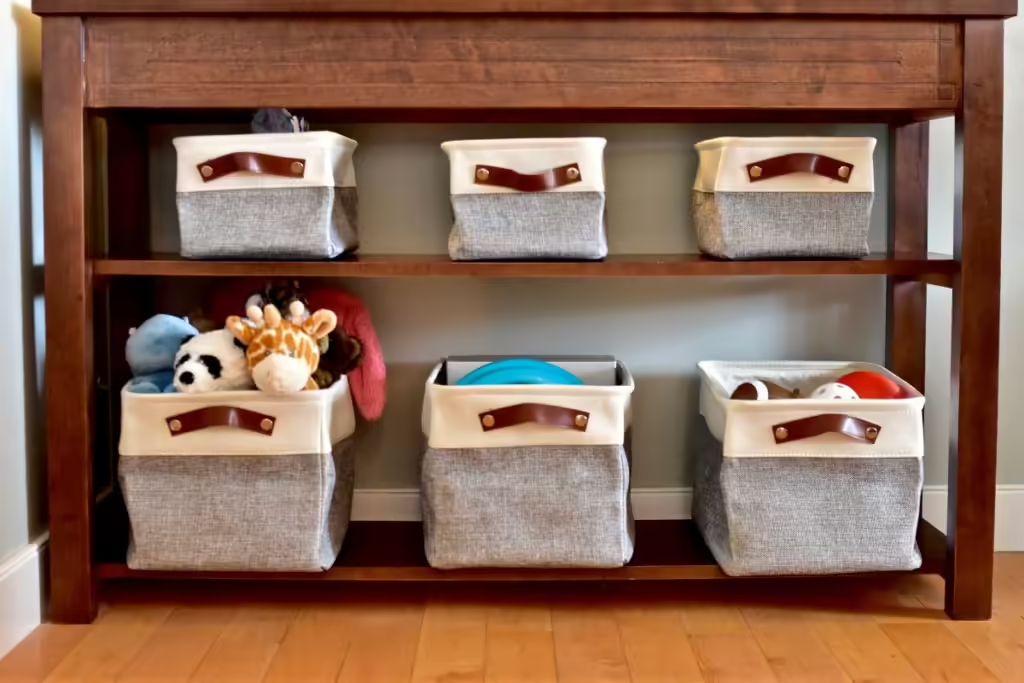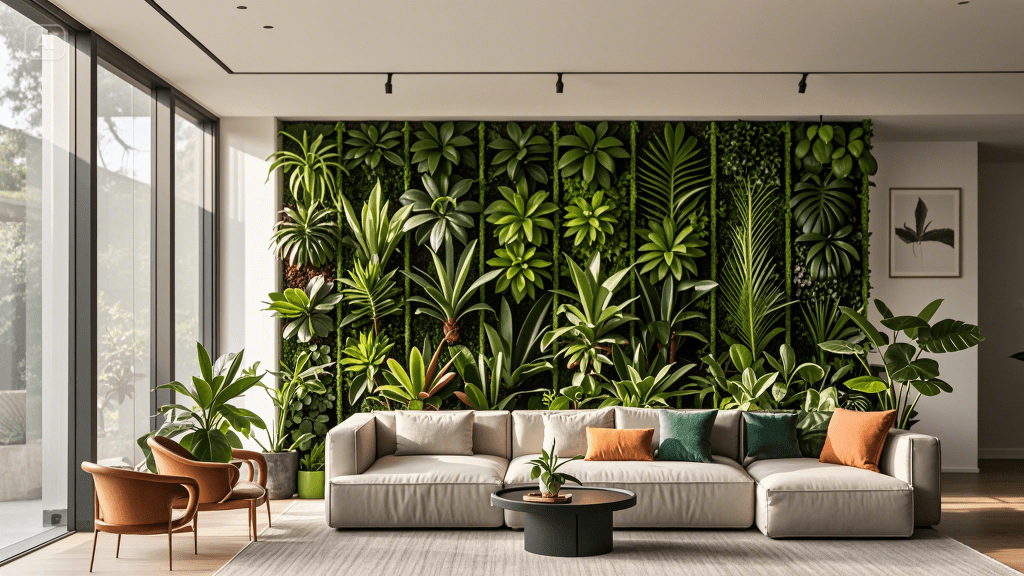
Living Plant Wall: 10 Amazing Benefits to Elevate Your Space
Introduction
A living plant wall isn’t just a passing trend; it’s a transformative lifestyle choice that infuses your home or office with nature’s vitality. Imagine walking into a space where the walls are alive, lush with greenery, and bursting with life. A living plant wall does more than just enhance your décor—it elevates the entire atmosphere, creating a serene, refreshing, and aesthetically pleasing environment that you’ll love coming home to.

But the benefits of a living plant wall go far beyond aesthetics. These vertical gardens offer a multitude of health and wellness advantages that make them a must-have for any modern space. From dramatically improving air quality by filtering out toxins to boosting mental health and well-being by bringing nature indoors, a living plant wall is a simple yet powerful way to enhance your quality of life.
In this comprehensive guide, we’ll dive deep into the world of living plant walls. Whether you’re a seasoned gardener looking to expand your green thumb or a beginner eager to introduce more greenery into your life, this guide is for you. We’ll walk you through the numerous benefits of a living plant wall, provide detailed, step-by-step instructions on planning, building, and maintaining one, and offer practical solutions to common challenges you might face along the way.
By the end of this guide, you’ll be equipped with all the knowledge and inspiration you need to create your very own thriving living plant wall. Whether you’re looking to add a splash of green to a small apartment or create a dramatic focal point in a large living area, a living plant wall will not only transform your space but also positively impact your daily life.
So, if you’re ready to embrace the beauty and benefits of a living plant wall, let’s get started! This guide is packed with tips, ideas, and expert advice to help you every step of the way as you bring the outdoors in and create a vibrant, living masterpiece right on your walls.
Benefits of a Living Plant Wall

Enhancing Aesthetics and Ambience
A living plant wall is a stunning addition to any space, breathing life into dull, uninspired walls by transforming them into lush, green landscapes. This vibrant, natural element instantly elevates the overall aesthetics, creating a focal point that draws the eye and enhances the ambience of your home or office. Imagine the calming influence of a wall alive with greenery—the visual appeal alone can make any room more inviting and tranquil. But it’s more than just a beautiful sight; studies show that the presence of greenery can improve mood and reduce stress, making your living environment a true sanctuary of peace and relaxation.
Improving Air Quality
One of the most remarkable benefits of a living plant wall is its ability to improve indoor air quality. Plants act as natural air purifiers, filtering out toxins and pollutants while increasing oxygen levels through the process of photosynthesis. As you breathe in the fresh air provided by your living plant wall, you’re not just enjoying a cleaner atmosphere but also contributing to a healthier living environment. Certain plants are particularly effective at removing harmful chemicals like formaldehyde and benzene from the air, making your space not just beautiful, but also healthier and more conducive to well-being.
Boosting Mental Health and Well-being
The mental health benefits of surrounding yourself with plants cannot be overstated, and a living plant wall brings these advantages right into your daily life. Research has shown that being close to nature, even indoors, can significantly reduce anxiety and improve cognitive function. A living plant wall acts as a constant reminder of the natural world, promoting a sense of calm and well-being. The simple act of tending to your plant wall—watering, pruning, and caring for your plants—can be a therapeutic routine that helps reduce stress and fosters mindfulness. Whether you’re looking to create a serene retreat in your home or a more peaceful work environment, a living plant wall can profoundly enhance your mental health and overall sense of well-being.
Planning Your Living Plant Wall
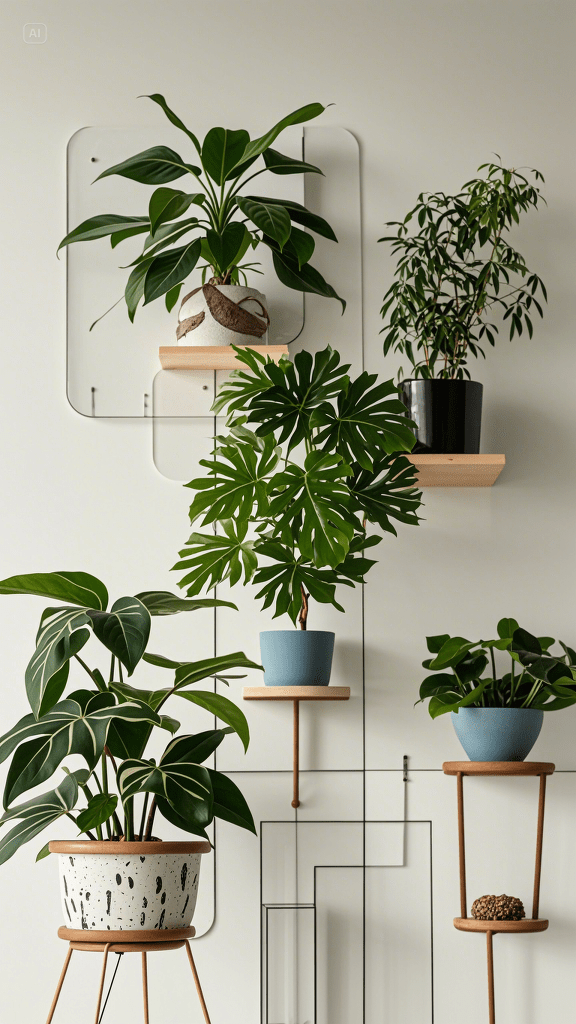
Choosing the Right Location
Selecting the ideal location for your living plant wall is crucial to ensure its success and longevity. Start by assessing the natural light available in potential locations. Most plants thrive in bright, indirect light, so placing your living wall in an area that receives ample natural light will encourage healthy growth. However, if your chosen space lacks sufficient sunlight, don’t worry—there are options to accommodate this. You can choose low-light plants that are well-suited for shadier spots or install artificial grow lights to provide the necessary illumination.
Another important factor to consider is accessibility. Your living plant wall will require regular maintenance, including watering, pruning, and possibly fertilizing. Ensure that the location you select is easily accessible to make these tasks convenient and to help you keep your plant wall in top condition. Proper placement not only ensures the health of your plants but also enhances the overall functionality and beauty of your space.
Selecting Suitable Plants
The success of your living plant wall largely depends on the plants you choose. Start by evaluating the specific light, temperature, and humidity conditions of your selected location. For well-lit areas, consider plants like succulents, ferns, or trailing vines that thrive in bright conditions and offer varied textures and colors. If your space has lower light levels, opt for shade-tolerant plants such as pothos or peace lilies.
It’s also important to select plants with similar care requirements. Choosing plants that have compatible needs for water, light, and humidity will simplify maintenance and help ensure a harmonious, thriving wall. Take into account how each plant will grow and interact with its neighbors—plants with varying growth habits and heights can add visual interest and create a dynamic display.
Deciding on a Design and Layout
The design and layout of your living plant wall are where your personal style truly shines. Think about the overall look you want to achieve and how the plant wall will integrate with your existing decor. Vertical gardens can be arranged in numerous patterns, from neatly organized rows to more organic, flowing designs that mimic natural growth.
Consider mixing plant species with different textures, colors, and growth habits to create a visually engaging and diverse wall. A combination of tall, trailing, and bushy plants can add depth and dimension. Before you start planting, sketch out your design to visualize how different elements will come together. This planning stage helps ensure that your living plant wall is not only beautiful but also balanced and cohesive, making it a stunning focal point in your space.
Gathering Materials and Tools
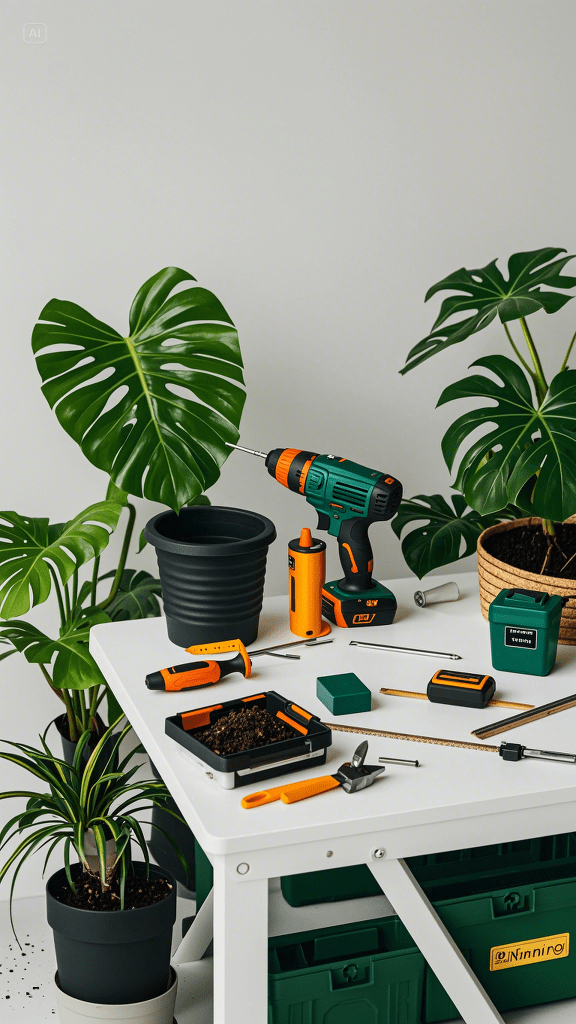
Necessary Equipment
Before diving into your living plant wall project, it’s essential to gather all the necessary tools and materials to ensure a smooth and successful installation. Start with basic tools such as a drill, screws, a level, and measuring tape. These will help you securely attach the framework and ensure everything is aligned correctly. For planting, you’ll need containers or pockets to hold the plants, high-quality potting soil, and a suitable watering system.
If your living plant wall is a larger or more complex installation, you might consider investing in professional-grade tools and equipment. This can include items like a stud finder for locating wall supports or advanced irrigation systems to manage watering more effectively. Having the right tools on hand will make the setup process more efficient and ensure that your plant wall remains in excellent condition.
Recommended Wall Frameworks
The framework of your living plant wall serves as its structural backbone, supporting and organizing the plants. There are various framework options to consider, each offering different benefits depending on your design and space needs.
- Modular Panels: These are a popular choice for beginners and those seeking flexibility. Modular panels are easy to install and can be customized to fit various wall sizes and shapes. They come with pre-installed pockets or containers for the plants, making setup straightforward.
- Trellises: Ideal for adding a vertical element to your garden, trellises provide support for climbing and trailing plants. They can be used alone or combined with other frameworks to create a more intricate design.
- Grid Systems: These provide a structured approach, allowing you to organize plants in a grid pattern. Grid systems are especially useful for larger installations and can be adapted to different plant sizes and growth habits.
Choose a framework that aligns with your design vision and the specific requirements of your space. The right framework not only supports your plants but also contributes to the overall aesthetic of your living plant wall.
Soil and Watering Systems
The health of your living plant wall relies heavily on the quality of the soil and the effectiveness of the watering system. For optimal plant growth, use a lightweight, well-draining potting mix. This type of soil prevents waterlogging and root rot, ensuring that your plants receive the right balance of moisture and air.
A drip irrigation system is highly recommended, particularly for larger installations. It provides a consistent and controlled water supply to each plant, reducing the risk of overwatering and ensuring that all plants receive adequate hydration. If a drip system isn’t feasible, hand watering is an alternative, but it requires more attention to ensure each plant gets the right amount of water.
By gathering the necessary equipment and choosing the right framework and soil, you’ll be well-prepared to create a thriving living plant wall that enhances your space and brings nature’s beauty indoors.
Step-by-Step Guide to Installation
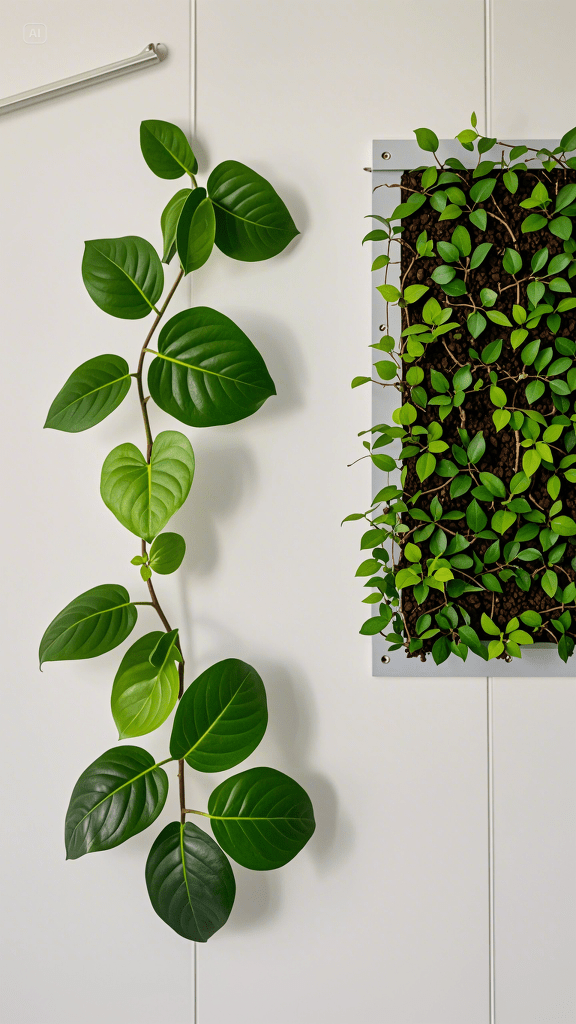
Preparing the Wall
The first step in creating your living plant wall is to prepare the wall where the installation will take place. Start by thoroughly cleaning the surface to remove any dirt, dust, or debris that could interfere with the installation process. If the wall has any imperfections, consider patching or sanding it to ensure a smooth and even surface.
Next, protect the wall from potential moisture damage by applying a coat of paint or sealant if needed. This is particularly important if your plant wall will be situated in a high-humidity area. Once the wall is clean and prepped, use a level and measuring tape to mark the desired placement of your framework. Accurate measurements are crucial to ensure that the framework is aligned correctly and that your living plant wall looks cohesive and professional.
Installing the Framework
With the wall prepared, it’s time to install the framework that will support your living plant wall. Begin by following the manufacturer’s instructions for attaching the framework to the wall. Whether you’re using modular panels, a grid system, or trellises, make sure to secure them firmly in place.
Use a drill to install the necessary screws or anchors, ensuring that the framework is securely attached and can bear the weight of the plants and soil. It’s essential to double-check the alignment at this stage. Adjust the framework as needed to ensure that it is level and properly positioned. A well-installed framework will provide a stable foundation for your plants and contribute to the overall success of your living plant wall.
Planting and Arrangement
With the framework securely installed, you can now move on to planting. Start by filling the containers or pockets of the framework with a high-quality, well-draining potting mix. Leave enough space at the top of each container to accommodate the plant roots comfortably.
Begin the planting process by placing the larger plants first. Position these larger plants in a way that they will form a balanced and aesthetically pleasing backdrop. Once the larger plants are in place, fill in the gaps with smaller plants to complete the design. This approach will help create a visually dynamic and harmonious living plant wall.
After planting, water the plants thoroughly to help them acclimate to their new environment. Proper watering at this stage will encourage root establishment and ensure that the plants settle into the soil. Regular watering and maintenance will be essential to keep your living plant wall thriving and looking its best.
By carefully preparing the wall, installing the framework, and arranging the plants thoughtfully, you’ll create a stunning living plant wall that enhances the beauty and ambiance of your space.
Maintenance and Care Tips
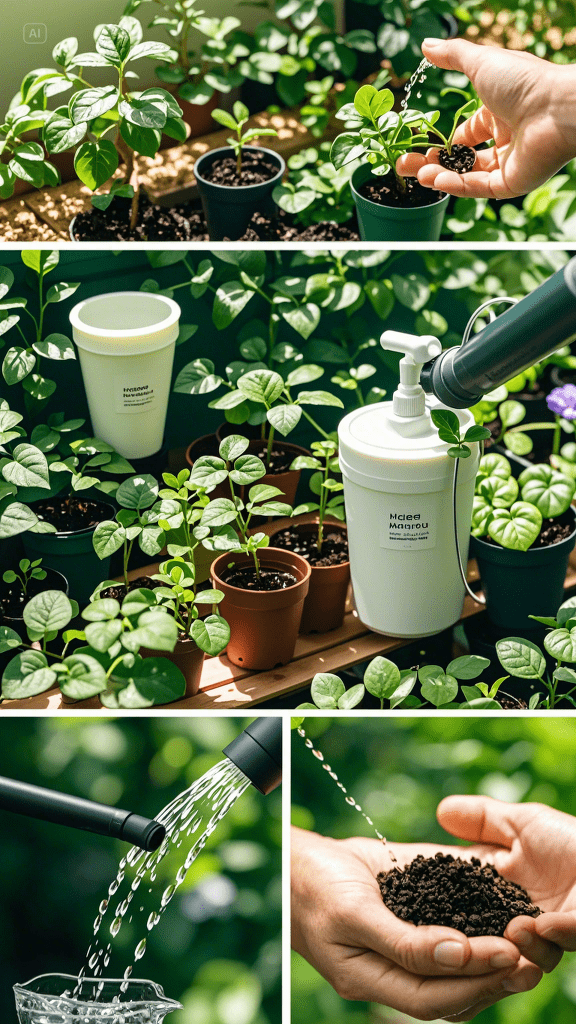
Watering and Fertilization
Maintaining a living plant wall requires careful attention to watering and fertilization to ensure your plants thrive. Regular monitoring of soil moisture is crucial. The soil should remain evenly moist but never waterlogged. To streamline this process, consider installing a drip irrigation system, which can automate watering and provide consistent hydration to your plants. However, hand watering may still be necessary for specific plants or to address any dry spots.
Fertilization is another key aspect of plant care. Every few weeks, apply a balanced liquid fertilizer to support healthy growth and vibrant foliage. Choose a fertilizer that provides essential nutrients and follow the manufacturer’s recommendations to avoid over-fertilization. Proper feeding will help your living plant wall stay lush and beautiful, enhancing both its visual appeal and overall health.
Pruning and Pest Control
Regular pruning is essential for keeping your living plant wall looking its best and promoting healthy growth. Trim back any overgrown, dead, or yellowing leaves to maintain the overall shape and aesthetics of the wall. Pruning not only encourages new growth but also helps prevent any one plant from overtaking others.
Pest control is another important aspect of maintaining a healthy plant wall. Keep a vigilant eye out for common pests such as aphids, spider mites, or whiteflies. If you spot any infestations, address them promptly with organic solutions like insecticidal soap or neem oil. Regular inspections and prompt action will help keep your living plant wall free from pests and diseases.
Monitoring and Adjusting Environment
The success of your living plant wall is influenced by the surrounding environment. Regularly monitor light, temperature, and humidity levels to ensure they meet the needs of your plants. If you notice that some areas are not receiving enough light, consider adding artificial grow lights to supplement natural sunlight.
Similarly, if the environment is too dry, increase humidity levels to keep your plants healthy. This can be achieved by misting the plants regularly or using a humidifier. Adjusting the environment to suit your plants’ needs will help maintain the vibrancy and health of your living plant wall, ensuring it remains a beautiful and beneficial feature of your space.
By adhering to these maintenance and care tips, you’ll keep your living plant wall thriving and looking its best, enhancing your space with lush, vibrant greenery.
Common Challenges and Solutions
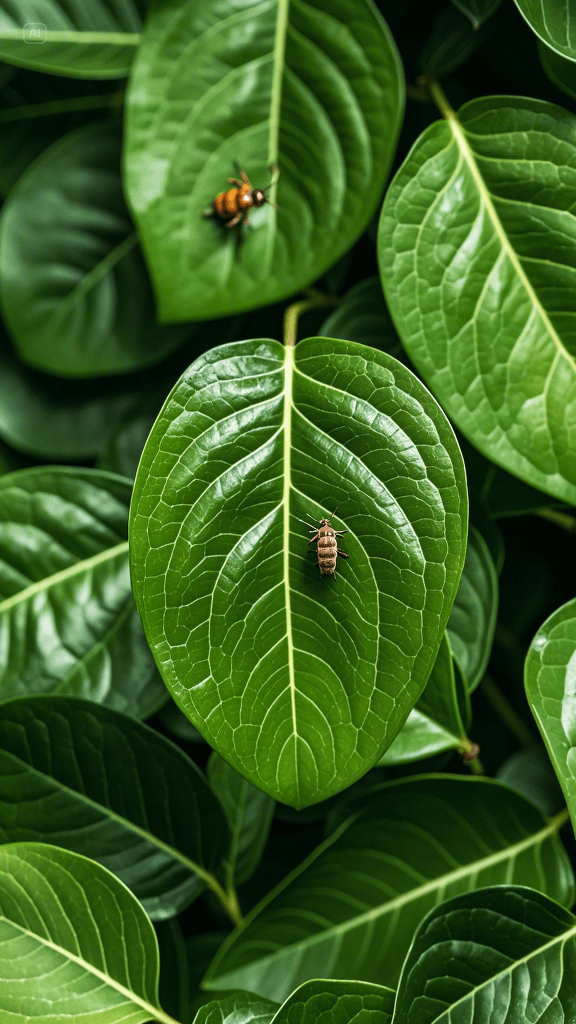
Dealing with Pests and Diseases
Managing pests and diseases is a crucial aspect of maintaining a living plant wall. Regular inspections are essential to catch issues early. Look for signs of pest infestations, such as discolored leaves, visible insects, or webbing. Common pests like aphids, spider mites, and mealybugs can affect plant health, so addressing them promptly is key.
To manage pests organically, use insecticidal soap or neem oil, both of which are effective and environmentally friendly options. For diseases, ensure good air circulation around the plants and avoid overhead watering to reduce the risk of fungal infections. Removing and properly disposing of any affected plants can help prevent the spread of disease to healthy ones. By staying vigilant and proactive, you can keep your living plant wall healthy and thriving.
Preventing Overwatering or Underwatering
Finding the right balance in watering is vital for a thriving living plant wall. Both overwatering and underwatering can cause significant issues. Overwatering can lead to root rot and mold growth, while underwatering may cause plants to wilt and suffer.
To avoid these problems, use a moisture meter to regularly check soil moisture levels. This tool helps you gauge whether the soil is too dry or too wet, allowing you to adjust your watering schedule as needed. Installing a drip irrigation system is another effective solution, as it provides a steady, controlled water supply and helps prevent both overwatering and underwatering. By monitoring moisture levels and adjusting watering practices, you can maintain the optimal environment for your plants.
Ensuring Proper Sunlight and Temperature
Adequate sunlight and proper temperature are crucial for the health of your living plant wall. Most plants require bright, indirect light to grow and thrive. Evaluate the light conditions in your space and choose a location that provides sufficient natural light. If natural light is lacking, supplement with grow lights to ensure your plants receive the necessary illumination.
Temperature is another critical factor. Extreme fluctuations or temperatures outside the optimal range for your plants can stress them and impact their growth. Keep your living plant wall in a location with stable temperatures and away from drafts, heaters, or air conditioners. By managing light and temperature, you’ll create a conducive environment for your plants, ensuring a lush and vibrant living wall.
Addressing these common challenges with effective solutions will help you maintain a beautiful and healthy living plant wall that enhances your space with vibrant greenery and natural beauty.
Conclusion
Embarking on the journey to create a living plant wall is not just a home improvement project—it’s an opportunity to infuse your space with the vibrant beauty and numerous benefits of nature. This guide has equipped you with everything needed to successfully plan, build, and maintain your vertical garden, ensuring that it enhances both the aesthetics and functionality of your environment.
From selecting the ideal location and choosing the right plants to addressing common challenges and implementing effective care techniques, each step contributes to the overall success of your living plant wall. Whether you’re adding a lush touch to a cozy apartment or making a striking statement in a spacious living area, your living plant wall will become a centerpiece of tranquility and visual appeal.
Embrace the rewarding experience of nurturing your own indoor garden, and relish in the positive impact it will have on your home and well-being. With dedication and care, your living plant wall will not only beautify your space but also provide a soothing, natural retreat that enhances your quality of life. Enjoy the journey and the countless benefits of cultivating your own piece of indoor nature.
FAQs
What is a living plant wall?
A living plant wall, also known as a vertical garden, is a vertical structure covered with plants. It can be installed indoors or outdoors and serves as a decorative and functional feature. It enhances the aesthetic appeal of a space while providing benefits such as improved air quality and a boost to mental well-being.
How do I choose the right location for my living plant wall?
Selecting the right location is crucial for the success of your living plant wall. Look for areas with ample natural light, as most plants thrive in well-lit environments. If the space lacks sufficient sunlight, consider using low-light plants or installing artificial grow lights. Ensure the location is accessible for regular maintenance like watering and pruning.
What types of plants are best for a living plant wall?
The best plants for a living plant wall are those that are well-suited to the light, temperature, and humidity conditions of your chosen location. Popular options include ferns, succulents, trailing vines, and various types of ivy. Choose plants with similar care requirements to simplify maintenance and ensure a cohesive look.
How do I maintain my living plant wall?
To maintain your living plant wall, regularly check the soil moisture and water as needed. Use a balanced liquid fertilizer every few weeks to support healthy growth. Prune back overgrown or dead leaves to keep the wall looking its best and manage pests with organic remedies if necessary. Monitor light, temperature, and humidity levels, adjusting them as needed to ensure optimal conditions for your plants.
What are common challenges with living plant walls, and how can I address them?
Common challenges with living plant walls include pest infestations, overwatering or underwatering, and inadequate light or temperature. Address pests by inspecting plants regularly and using organic treatments. Prevent overwatering or underwatering by using a moisture meter and considering a drip irrigation system. Ensure adequate light and temperature by selecting the right location and using grow lights if necessary.
How can I prevent overwatering or underwatering my plants?
To prevent overwatering or underwatering, use a moisture meter to regularly check the soil’s moisture levels. Adjust your watering schedule based on the meter readings. Installing a drip irrigation system can help provide consistent moisture and reduce the risk of both overwatering and underwatering.
How do I install a living plant wall?
To install a living plant wall, start by preparing the wall surface and marking the placement of the framework. Install the framework securely according to the manufacturer’s instructions. Fill the containers or pockets with potting mix, plant your chosen greenery, and water thoroughly. Follow the guide for proper maintenance to ensure a thriving wall.
Can a living plant wall be installed indoors?
Yes, a living plant wall can be installed indoors. It’s a fantastic way to bring nature into your home or office space. Just ensure that the chosen location provides adequate light and that you use plants suited for indoor environments. Supplemental grow lights and humidity controls can help create an optimal environment for indoor plant walls.
How often should I fertilize my living plant wall?
Fertilize your living plant wall every few weeks with a balanced liquid fertilizer to promote healthy growth and vibrant foliage. Follow the manufacturer’s recommendations to avoid over-fertilization, which can harm the plants. Regular feeding will help maintain the lush appearance of your living wall.
If you have any other questions about creating or maintaining a living plant wall, feel free to ask!.
References
- The Green Wall Company
The Green Wall Company
A resource for designing, installing, and maintaining living walls with a range of services and products. - Woolly Pocket
Woolly Pocket
Provides innovative products for vertical gardens and living plant walls, along with tips and ideas for installation and care. - Patrick Blanc
Patrick Blanc
Features the work of the pioneer of vertical gardens, including information on designs and projects. - Fytogreen
Fytogreen
Offers solutions and products for green walls, including maintenance tips and design inspiration. - Sempergreen
Sempergreen
Specializes in green wall systems and provides resources for installation and maintenance. - GreenWalls
GreenWalls
A comprehensive source for green wall solutions, including design, installation, and maintenance services.
These resources offer a wealth of information and products to help you create and maintain a successful living plant wall.
Related Articles:

